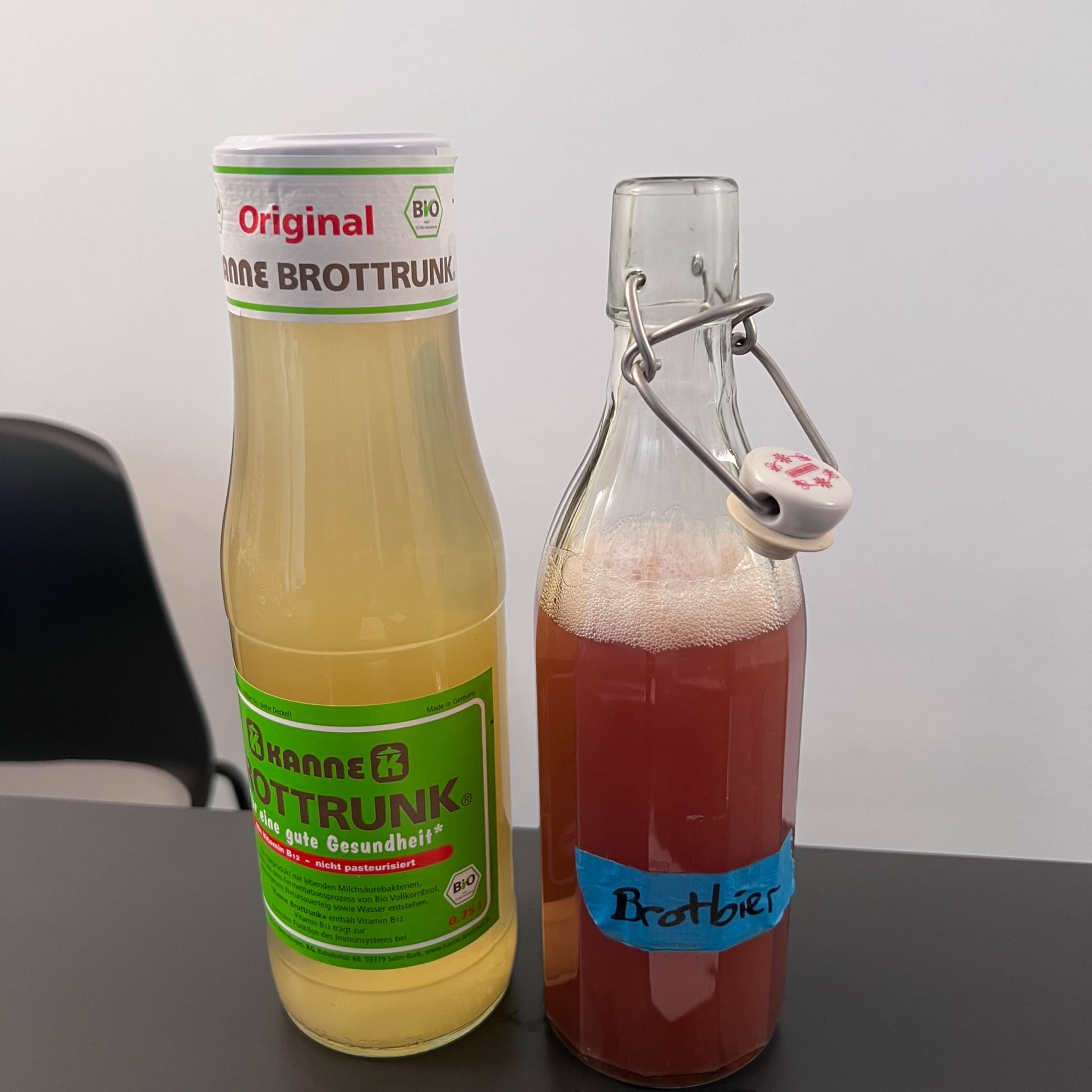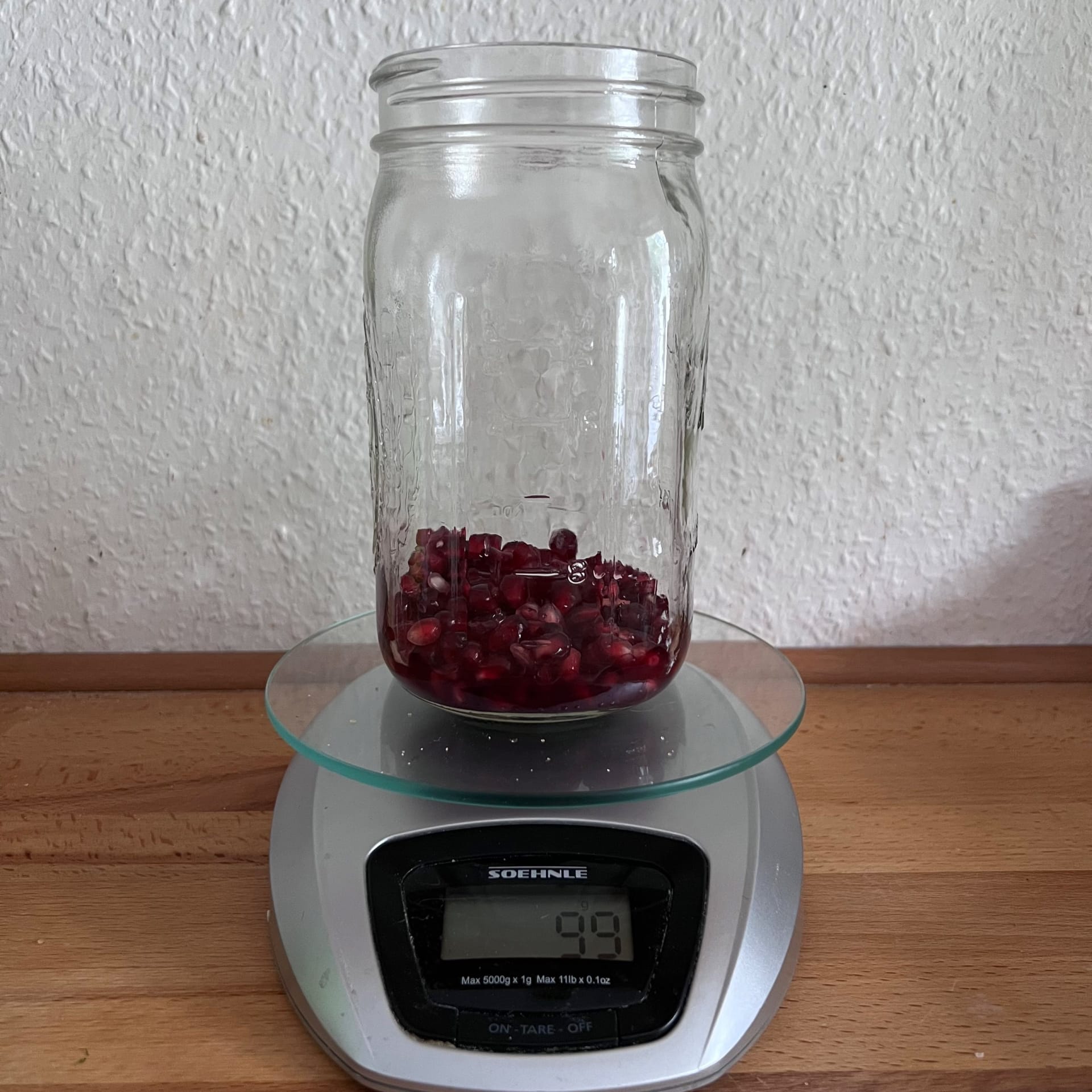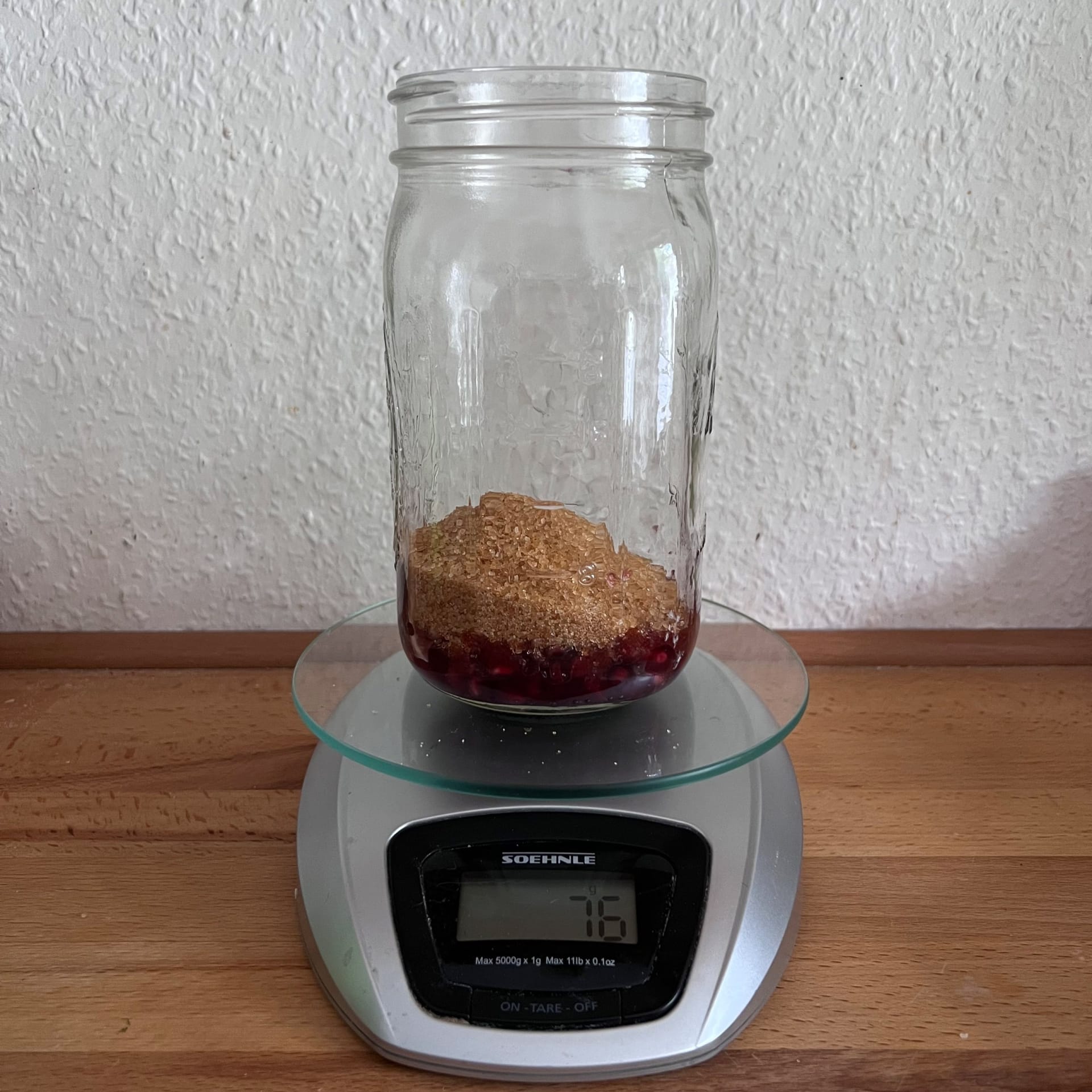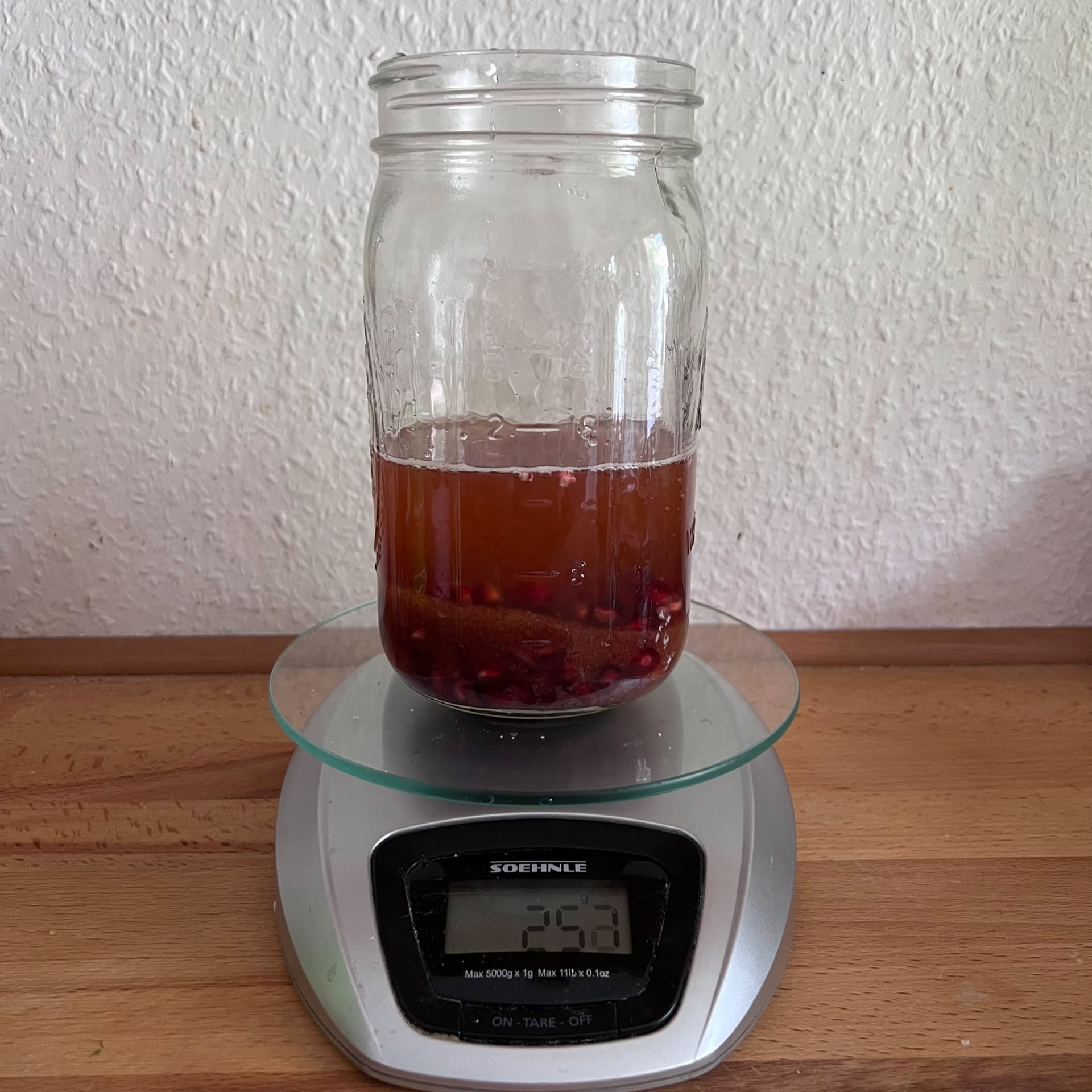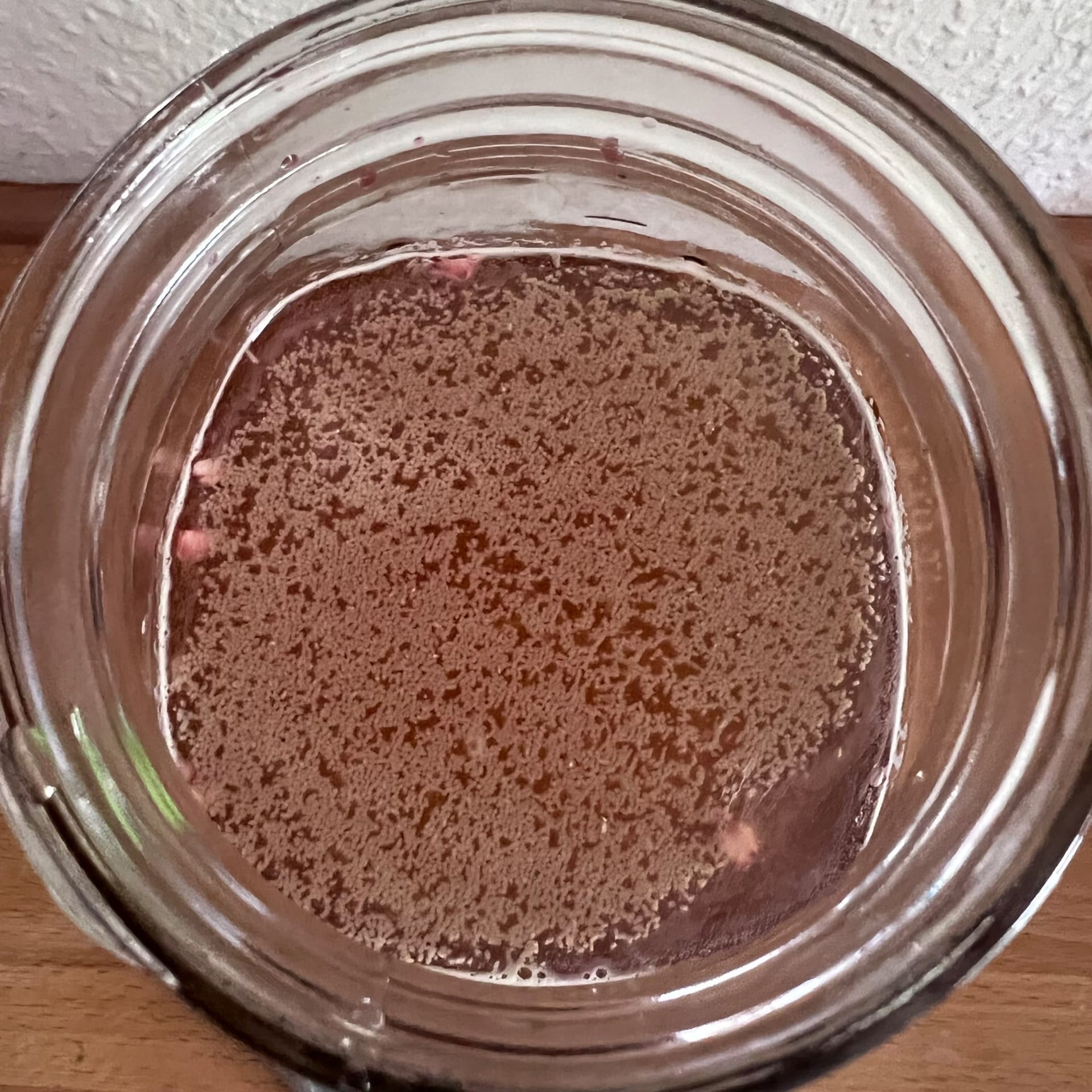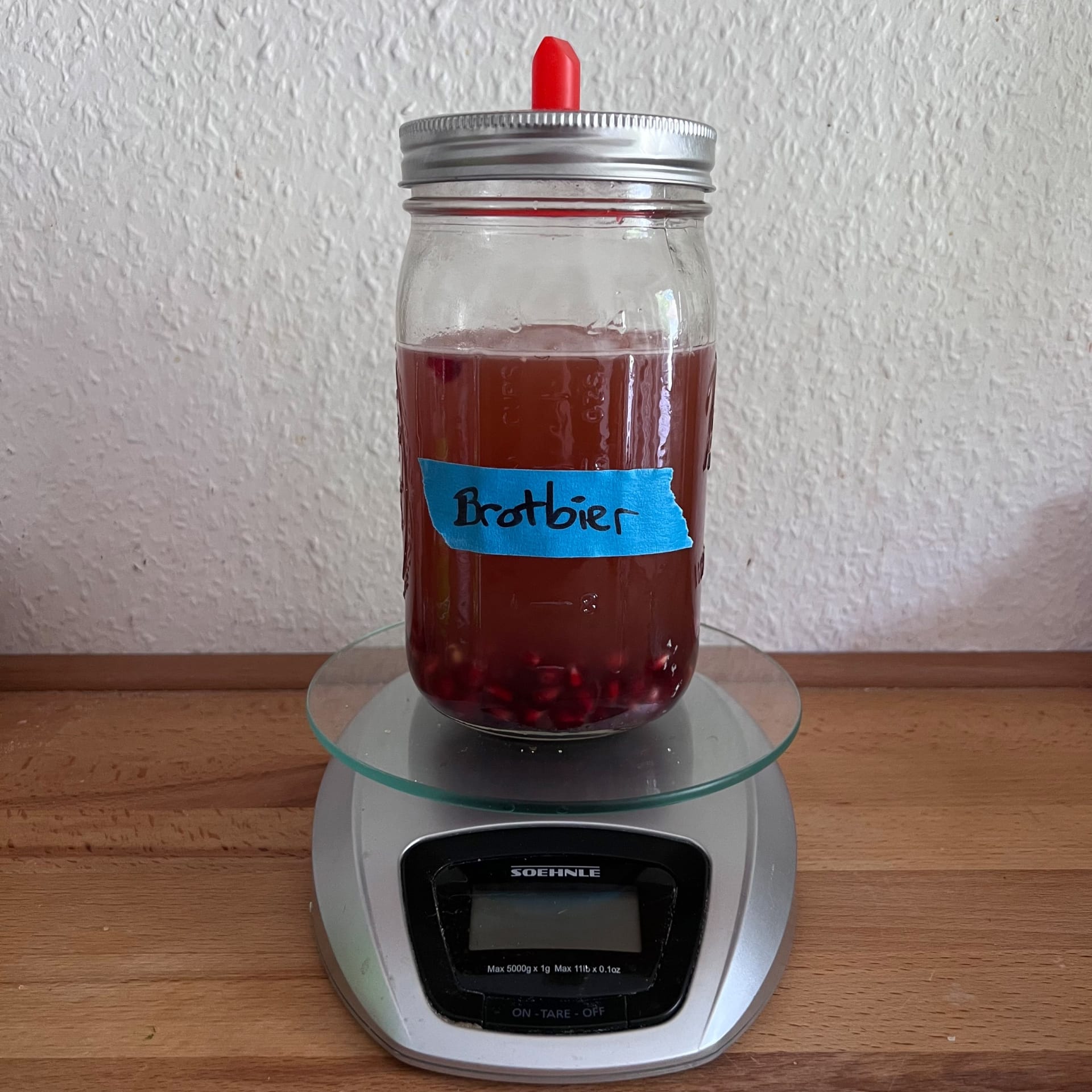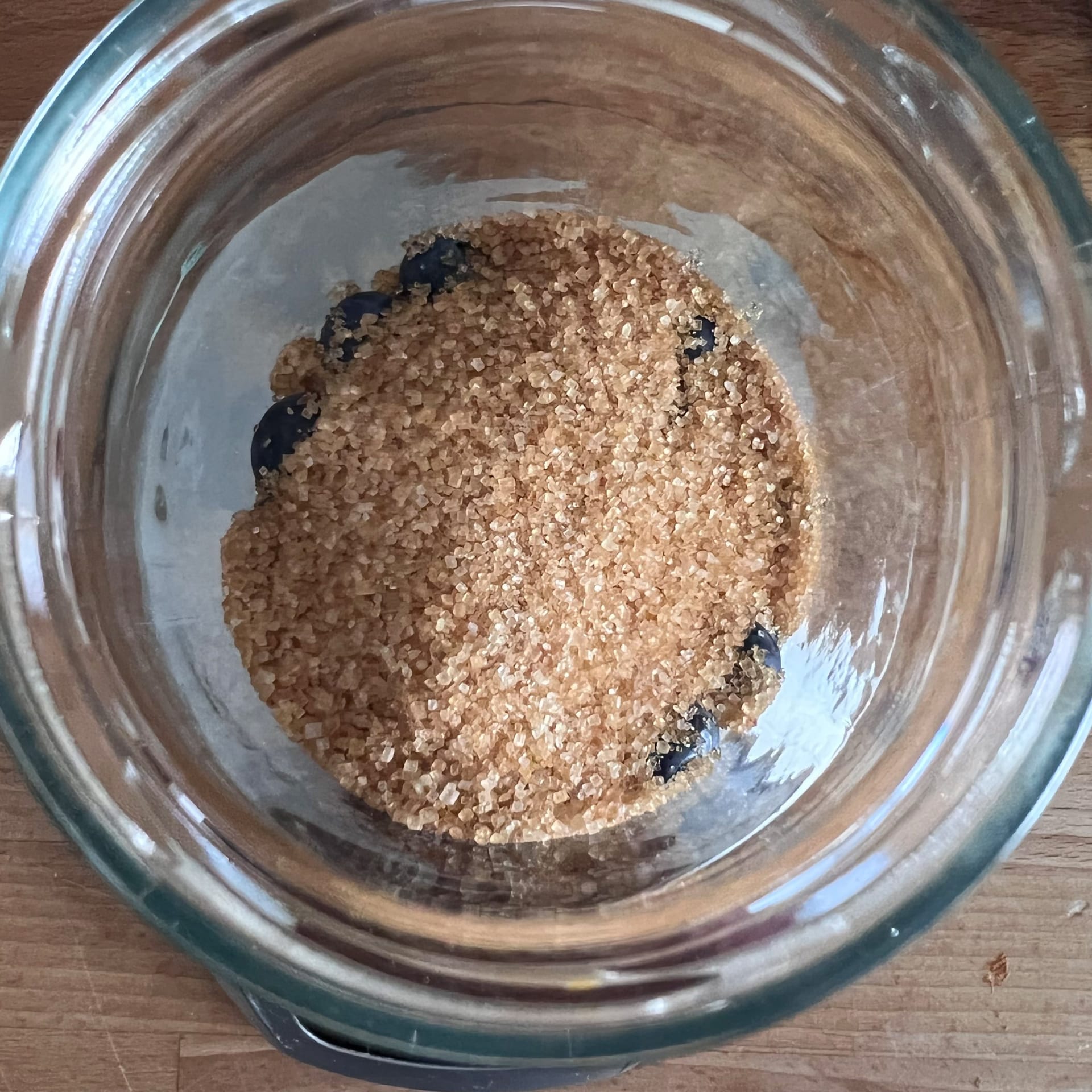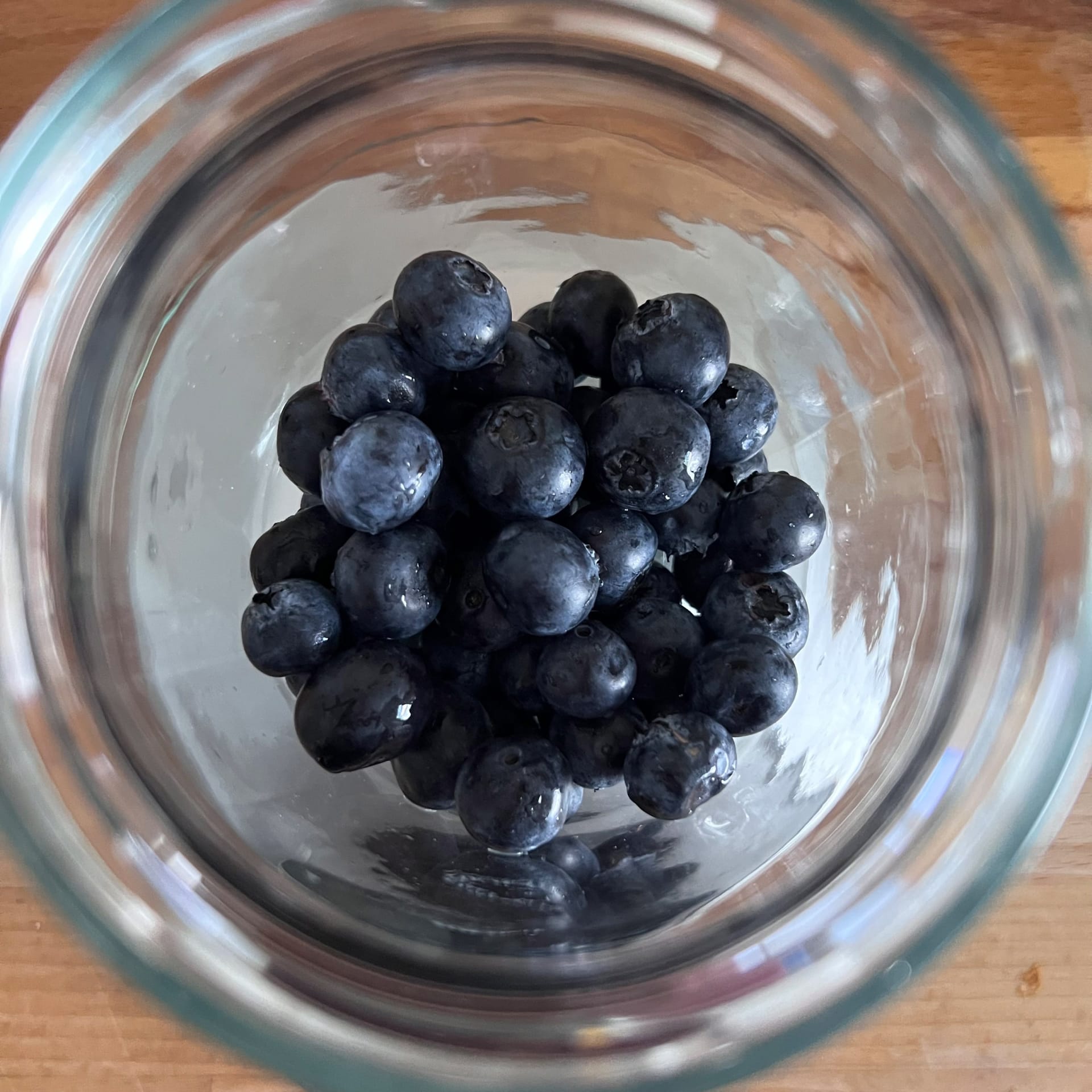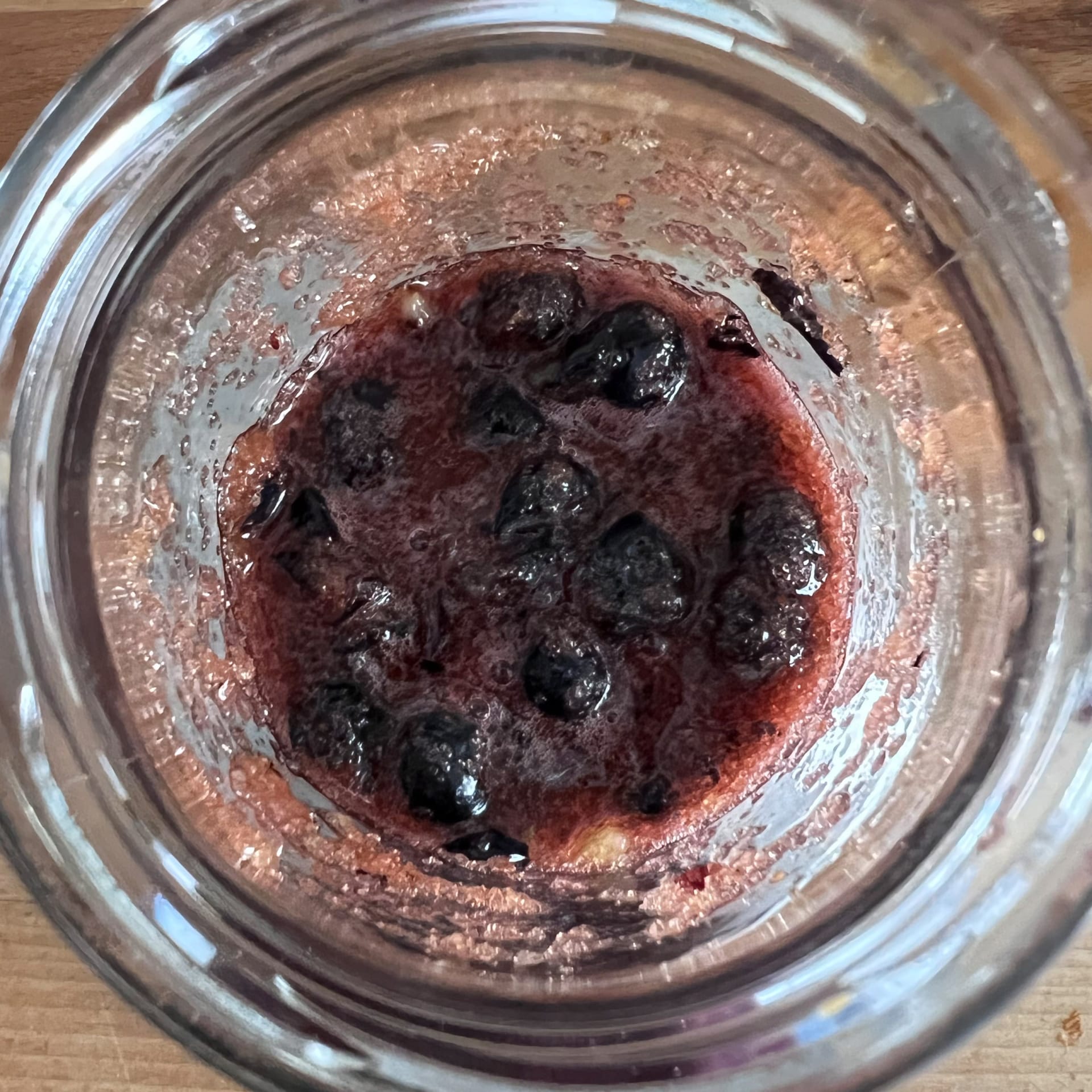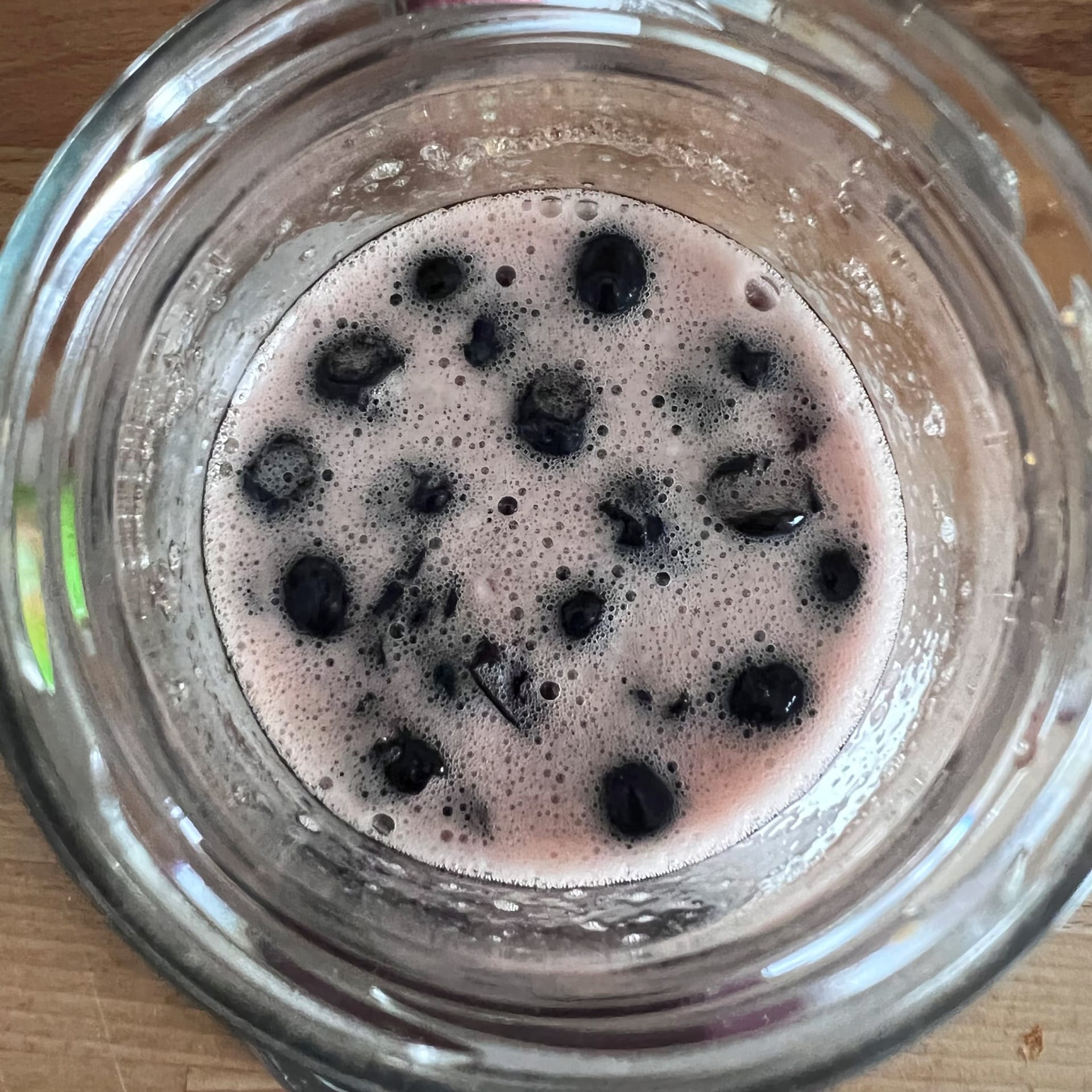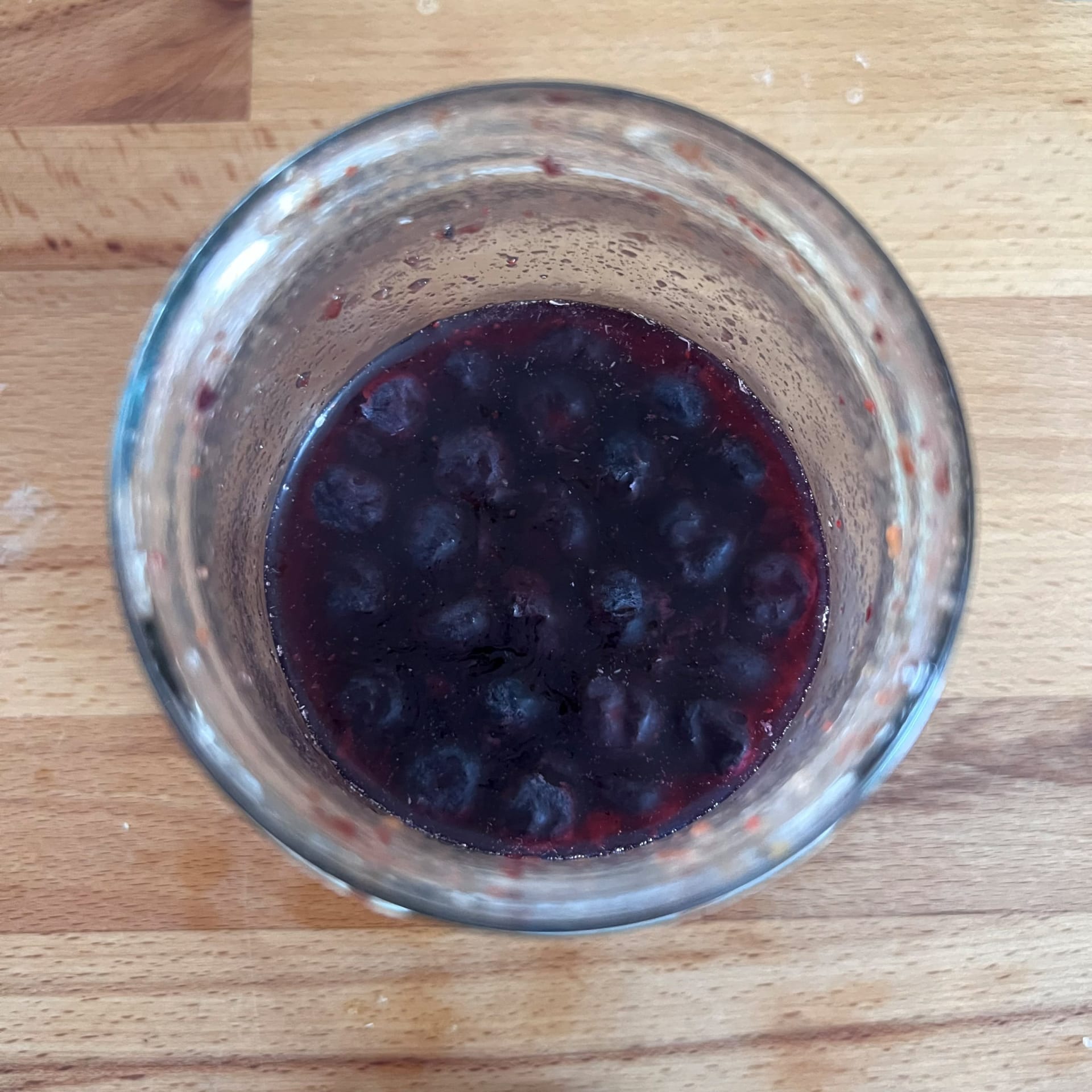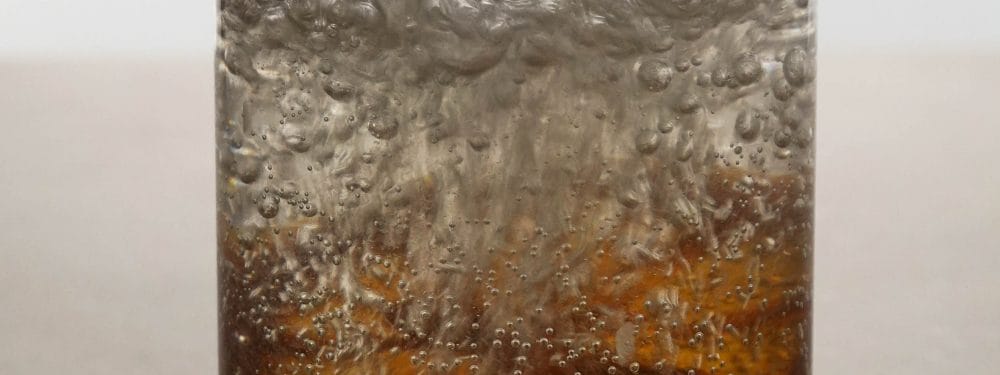Bread drink Remixed
Kvass, Rejuvelac, Borș or just bread drink. Many cultures know drinks based on watered bread or cereals. Really got into the mainstream, none of these drinks are. Too bad, we think, because it’s not only a great way to use leftovers, but also a very good way to contribute to gut health.
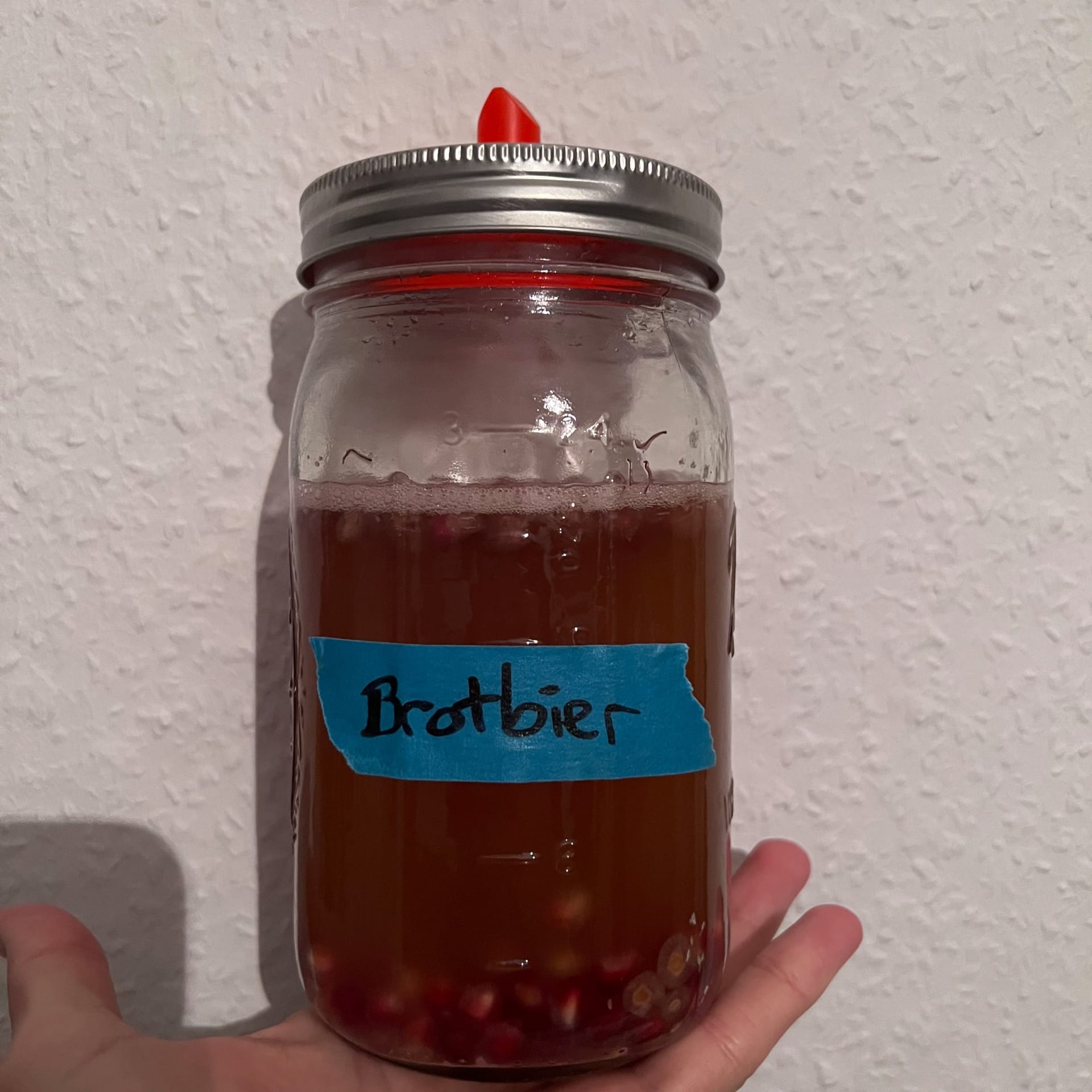
At least one company has turned over a fortune with well-marketed probiotic beverages. We think there is some room in the market for variety, especially with the ever-present push for healthier and alcohol-free diets.
Kanne bread drink already knew our grandparents. Who knows, maybe they even knew Wilhelm Kanne, the master baker who founded the company from North Rhine-Westphalia and started selling bread drunkenness in the 1980s. Over 40 years later, we took a shot at remixing the drink with the goal of keeping the healthy aspects and refreshing the taste. What bread drink tastes like is difficult to describe. Anyone familiar with fermented beverages like kombucha or who has ever stood in a bakery where sourdough is processed may remember the tart yeasty flavors. But actually there are no common products that taste like bread drink. The remix was all the more difficult.
Associations and learned flavor combinations help in product development. Apple and caramel, potato and nutmeg…etc. But bread drink and…well, and what? So we opened the encyclopedia of fermented beverages and just went for it.
History of a balancing act
Tepache, ginger bug, sima, lactic ginger ale…the fermentation station was running at full speed in the early stages of our project. Unfortunately, little success at first. The living lactic acid bacteria (bread drink is not pasteurized and therefore still full of living – good – bacteria) of the drink are difficult to tame. A soda with aloe vera was tested, as well as some vitamin shots full of fruit and vegetable juices. A full eleven drinks were sampled in the first round. Either the bread drink was too watered down, losing the health aspect, or the flavors of the complementary elements were not discernible. So, as so often in life, this project was about balance. In the end, two results were very interesting to use as a basis for further experiments:
Firstly, bread beer. The inspiration came from ginger beer (with yeast instead of ginger bug) – more often found in the author’s fridge than classic, hop-based beer. We used pomegranate as a sugar and natural yeast source, as well as dry yeast, and mixed it with sugar, bread trunk, water and some dry yeast to make a naturally carbonated drink in a two-stage fermentation. Definitely too much carbonation, but the taste was refreshing and the bread drink portion great enough to give it another try.
We S(c)hrub(b)en the taste from the berries
And then there was the shrub. Typo? Nope. But sounds similar to syrup, right? This is no coincidence, because the root word comes from Arabic and means just that. It’s hard to pinpoint exactly when or how shrub was first made, but the idea behind it is simple: fruits, usually berries (because of their soft cell walls), are soaked in sugar and vinegar to preserve them. Only with sugar and under certain conditions to the environment, you would be able to make a fruit vinegar already, but most modern recipes use vinegar from the beginning as an additive to quickly and safely obtain a sweet and sour…syrup.
In our specific case, we have replaced the vinegar with bread drunkenness, because: Bread drink has a lower pH value than, for example, apple cider vinegar, so it should also be well suited as a “flavor host” for any fruit that you macerate with the help of sugar. We tried it with blueberries and strawberries: While the strawberry attempts were too sweet, our blueberry shrubs were complete successes (in the pictures below you can see the process as well as the jar at the end after 5 days of maceration)!
From now on, refinements were made: How little sugar does the shrub need? Can you still refine it with herbs like basil or give it a different sour note with hibiscus? How much fructose can be used to replace refined sugar in beer? After two more rounds, we have achieved what we wanted for the time being: The bread drink has taken on a new dimension. The healthy aspects are combined with flavors that not only match but also meet the spirit of the times.
Full on trend thanks to fermentation hype
The result is a reduced shrub that smells and tastes intensely of blueberry and works wonderfully as a shot, whether in the morning instead of a ginger shot or as a little helper from the afternoon slump. The low-alcohol bread beer (it always depends when you stop fermentation, but we’ve stayed under the radler) is just in time for the current heat wave and will delight the health-conscious kiosk urbanite.
Thanks to fermentation hype bread drink itself is fully in vogue. Fruits never go out of style and should open the door to a wider audience. An audience that we think Brottrunk definitely deserves.
